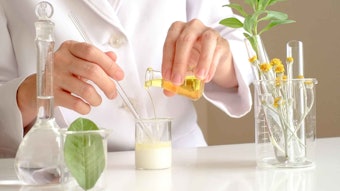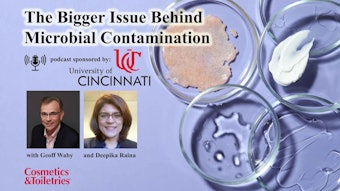New organic gel nanomaterials could push tissue engineering, preservation and delivery systems to a higher level, claims a report from the Rensselaer Polytechnic Institute. “We are using the building blocks provided by nature to create new nanomaterials that are completely reversible and environmentally benign,” said Jonathan Dordick, professor of chemical and biological engineering at Rensselaer Polytechnic Institute, in the report.
According to Dordick, the finding is significant in that it offers the opportunity to use the same naturally occurring enzyme to create chemically functional organogels and to reverse the process to break down these gels into their biologically compatible building blocks. The new nanomaterials reportedly could be used to encapsulate pharmaceutical, food and cosmetic products to build three dimensional biological scaffolds for tissue engineering.
Incorporating olive oil and six other liquid solvents, the researchers added a simple enzyme, which generated a compound that self-assembles into three dimensional fibers measuring approximately 50 nm in diameter. As the fibers entangle, a large amount of solvent becomes packed together, trapping some 10,000 molecules. The resulting organogel materials reportedly could be used as biocompatible scaffolds for tissue engineering and designing membranes. Other possible applications include delivery systems for pharmaceuticals and preservatives for food and cosmetics.
The findings are currently published in the journal Angewandte Chemie.
-Science Daily










